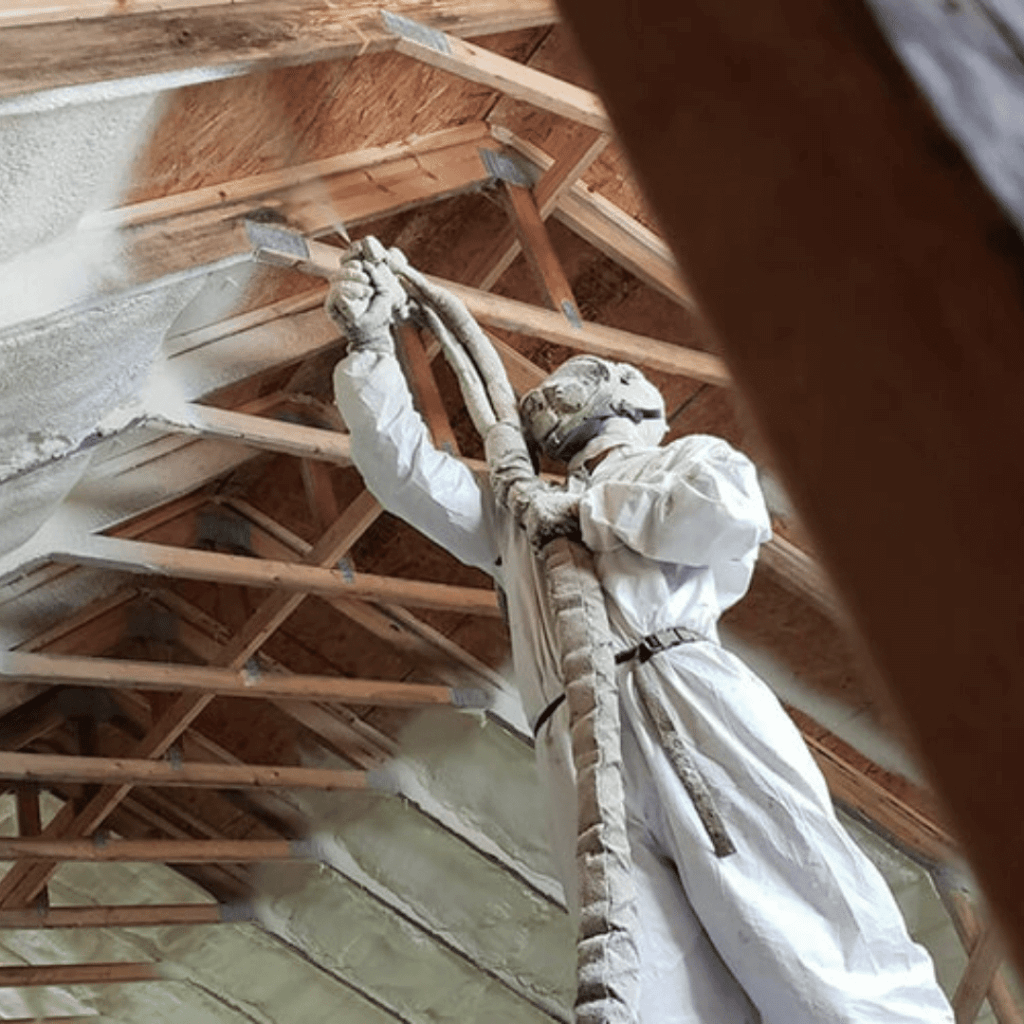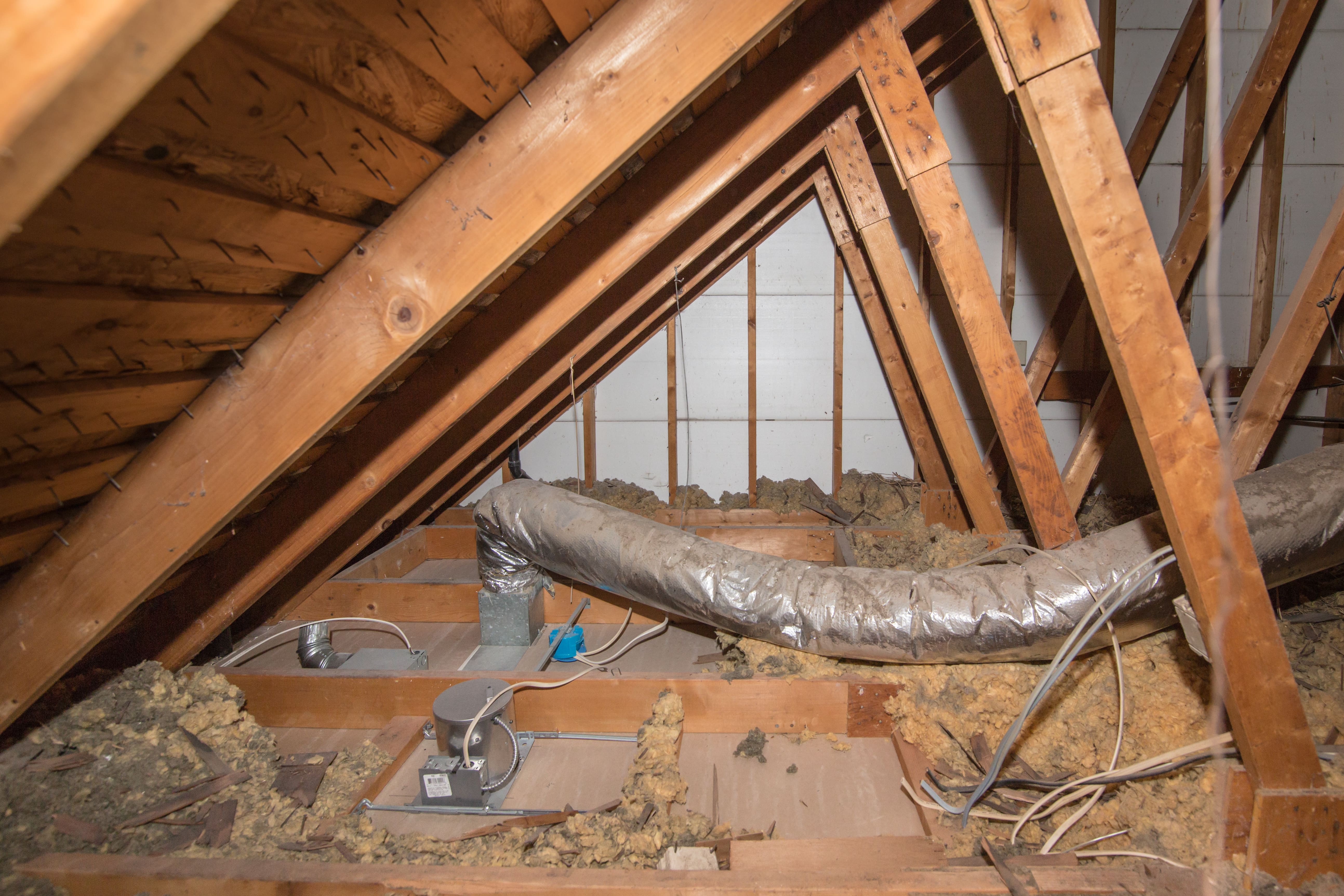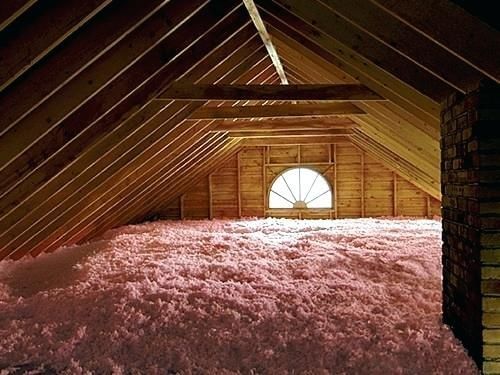Attic Insulation DFW: The Key to Lower Energy Bills and Improved Home Comfort
Attic Insulation DFW: The Key to Lower Energy Bills and Improved Home Comfort
Blog Article
Discover the Different Sorts Of Attic Insulation and Their Unique Advantages for Your Home's Energy Performance

Fiberglass Insulation
Fiberglass insulation is just one of the most typically used materials for attic room insulation because of its outstanding thermal performance and cost-effectiveness. Made up of little glass fibers, this material successfully catches air, developing an insulating obstacle that aids maintain consistent interior temperature levels. Its high R-value per inch makes it especially reliable at standing up to heat transfer, which is important for power conservation in homes.
Setup of fiberglass insulation is reasonably uncomplicated, frequently available in batts or loose-fill forms, fitting different attic setups. In addition, it is non-combustible and immune to wetness, decreasing the threat of mold and mildew advancement. This durability adds to its longevity, making fiberglass a viable lasting financial investment for homeowners.
Furthermore, fiberglass insulation is commonly made from recycled materials, which boosts its eco-friendliness. The material can additionally add to soundproofing, lessening noise transfer in between rooms. While it is vital to put on protective gear throughout installation to prevent irritation from the fibers, the total advantages of fiberglass insulation, consisting of power financial savings and environmental considerations, make it a preferred option for boosting attic room performance and advertising a comfortable living environment.
Spray Foam Insulation
Spray foam insulation is a very reliable choice for attic insulation, known for its superior air securing and thermal efficiency. This cutting-edge insulation material is made up of a mixture of isocyanate and polyol material, which, when combined, increases swiftly to fill up spaces and cavities in the attic room area. Its capacity to abide by various surfaces ensures a continual barrier against air leakages, dramatically reducing warmth loss throughout cooler months and warmth gain during warmer periods.
Among the key advantages of spray foam insulation is its high R-value per inch, which indicates it offers outstanding thermal resistance in a fairly thin application. This is especially useful in attic rooms where area is frequently limited. In addition, spray foam can assist minimize dampness build-up, reducing the danger of mold and mildew and mildew growth, which can be damaging to both the structure and interior air high quality.
While the first price of spray foam insulation might be greater than conventional options, its long-lasting energy financial savings, coupled with increased comfort and boosted home worth, make it a worthwhile financial investment for property owners seeking enhanced power performance. Attic Insulation DFW. On the whole, spray foam insulation sticks out as a reliable remedy for maximizing attic insulation
Cellulose Insulation

Cellulose insulation is a prominent choice for attic room insulation, primarily made up of recycled paper items treated with fire resistants. This eco-friendly alternative is known for its excellent thermal efficiency, properly decreasing warmth transfer in both summertime and cold weather. The dense structure of cellulose allows it to fill voids and voids in attic rooms, giving a smooth barrier against air leakages.
Among the considerable benefits of cellulose insulation is its ability to stand up to mold and parasites, owing to the fire retardant treatments made use of throughout manufacturing. In addition, it flaunts a high R-value per inch, which equates right into exceptional power efficiency. Home owners can anticipate lower heating & cooling costs as an outcome of boosted insulation.
Installation is generally achieved via blowing loosened cellulose right into the desired location, enabling for a reliable and fast process. This method likewise decreases disturbance to the existing structure. Additionally, cellulose insulation has a relatively reduced ecological impact, as its manufacturing process uses recycled products, adding to sustainable building methods.
Rock Woollen Insulation
Among the various choices for attic room insulation, rock woollen, likewise referred to as mineral wool, stands apart as a result of its impressive thermal and acoustic performance. Made from recycled or all-natural products, rock wool is developed by melting rock and spinning it into fibers, resulting in a product that uses superb insulation homes.
One of the substantial benefits of rock wool insulation is its high R-value, which suggests its effectiveness in withstanding warmth circulation. This particular not just improves power efficiency however additionally contributes to preserving a comfy interior temperature year-round. In addition, rock woollen is inherently fire-resistant, making it a much safer option for homes as it can hold up against heats without melting or launching hazardous fumes.
Additionally, rock wool insulation succeeds in soundproofing capacities, successfully minimizing sound transmission between rooms and from outdoors sources. Overall, rock woollen insulation provides a thorough option for improving energy efficiency, security, and convenience in household setups.
Radiant Barrier Insulation
Radiant obstacle insulation serves as a reliable remedy for reducing heat transfer in attics, look at more info particularly in warmer environments. This type of insulation jobs by showing induction heat away from living spaces, thus decreasing the quantity of warm that enters a home during heat - Attic Insulation DFW. Usually made up of an extremely reflective product, such as light weight aluminum that site foil, radiant barriers are mounted in attic rooms, dealing with the roof covering, where they can intercept inbound warm from the sunlight
The key advantage of radiant obstacle insulation is its ability to reduced air conditioning expenses. By reflecting warmth instead than absorbing it, radiant obstacles can help keep a much more steady indoor temperature, decreasing the work on cooling systems. This performance equates into lower power costs and boosted comfort for house owners.
In enhancement to energy financial savings, radiant barriers can also add to improved interior air top quality. By decreasing warm buildup, they aid reduce humidity degrees, which can protect against mold and mildew growth and improve general air blood circulation. When set up appropriately, radiant barrier insulation can be an invaluable addition to any kind of energy-efficient home, making it a worthwhile consideration for property owners seeking to boost their attic insulation method.
Verdict
Finally, recognizing the numerous kinds of attic insulation-- fiberglass, spray foam, cellulose, rock woollen, and radiant barriers-- enables house owners to make informed choices pertaining to power effectiveness. Each insulation type provides distinct benefits, such as superior thermal resistance, dampness administration, and sound attenuation. By choosing the ideal insulation product, substantial decreases in power expenses can be achieved, together with enhancements in interior comfort. Inevitably, the right choice adds to a more sustainable living atmosphere and promotes total energy conservation.

In verdict, recognizing the different kinds of attic room insulation-- fiberglass, spray foam, cellulose, rock wool, and glowing obstacles-- makes it possible for house owners to make informed choices concerning energy efficiency.
Report this page